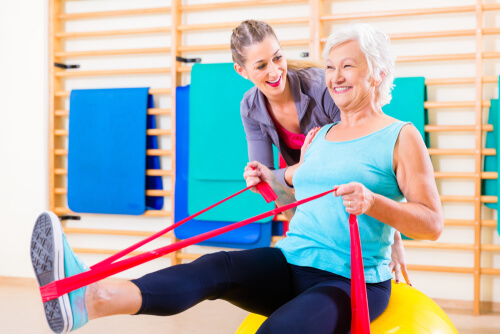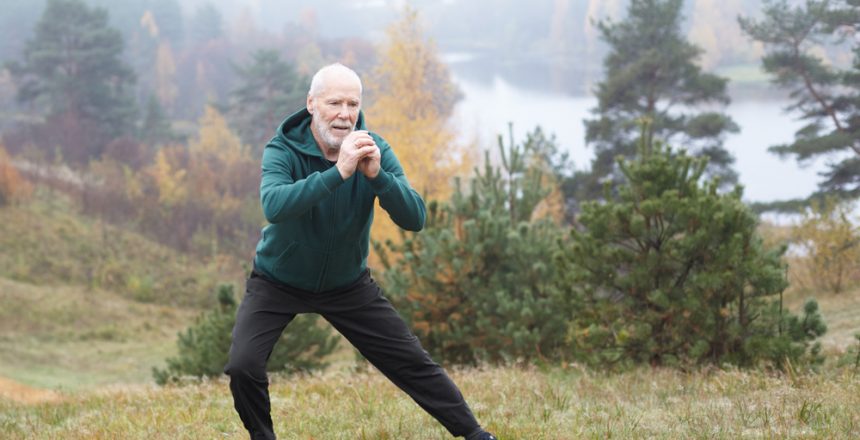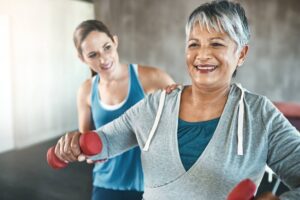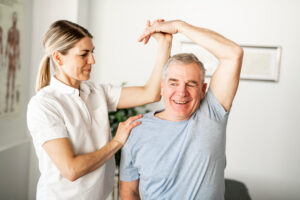What Are Biomechanical Exercises?
When it comes to your physical health, there’s nothing more frustrating than realizing that a once simple activity is now causing pain and discomfort. For some of our patients, biomechanical pain can be the result of something like a car accident or workplace injury, while for others, it can be the result of overuse during sports or exercise. And, for others still, biomechanical pain is sometimes simply a result of aging. Certain activities – such as walking up stairs, for example – get more difficult as we age due to a lifetime of pressure on our joints and muscles.
We employ biomechanical exercises to help alleviate this pain, regardless of its initial cause. These exercises tend to focus on using precise posture, alignment, and movements to ensure that muscle groups are being utilized in the way they were “designed” to be. In addition to helping alleviate pain, biomechanical exercises can also correct improper movements and postures by strengthening and stabilizing key muscles to help prevent the possibility of pain occurring in the future.
Biomechanical exercises are also used to help those experiencing stiffness or a smaller range of motion than is typical, even if there isn’t much pain associated with the movement. That’s because ensuring you’re using the correct form increases your flexibility and mobility without putting inappropriate or undue strain on your muscles, ligaments, and tendons.
In addition to being used for rehabilitative and preventive purposes, biomechanical exercises can also be used for performance-enhancing purposes. Athletes who are trying to improve their form or speed may benefit from these types of exercises since they will help them gain flexibility, mobility, and strength while also ensuring that actions are performed in a way that puts as little strain as possible on the body.

Examples of Biomechanical Exercises
While the phrase “biomechanical exercises” may seem high-tech, these types of exercises are likely the ones that many people are most familiar with, as they’re relatively simple to do and require very little – if any – equipment. That said, since they’re so common and “easy” to do, they’re also some of the exercises that are most likely to be done incorrectly.
Some examples of common biomechanical exercises that are used to help reduce pain and improve mobility include:
- Squats
- Planks
- Bridges
- Pull-ups/Chin-ups
- Push-ups
- Lunges
Additionally, variations of these exercises – such as squatting while holding a medicine ball – help target other muscle groups and increase overall strength and stability.
Plyometric exercises – such as box jumping, burpees, and jumping squats – are also considered biomechanical exercises. These types of exercises require very specific movements to be done in a controlled manner that helps to increase power, stability, and performance.
While many of these exercises seem “simple” and require little-to-no additional equipment, it’s important that they’re done carefully – especially if you’re recovering from an injury. A single, seemingly insignificant misalignment of a muscle or joint could cause – or exacerbate – an injury at worst or simply reduce the effectiveness of the exercise.
If you’re experiencing pain that you can’t seem to shake or are hoping to increase your physical fitness, the team at Dosher Physical Therapy would love to help you meet your goals and be a part of your care team. We have nearly three decades of experience working with patients and their physicians to reduce pain, increase mobility, and improve performance!






